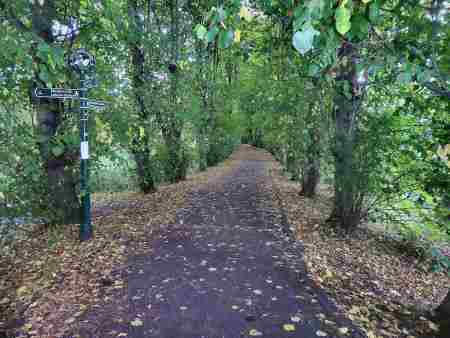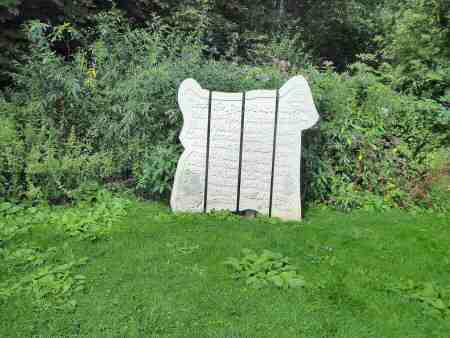A to Z HIGHLIGHTS OF EAST STAFFORDSHIRE - PART 2
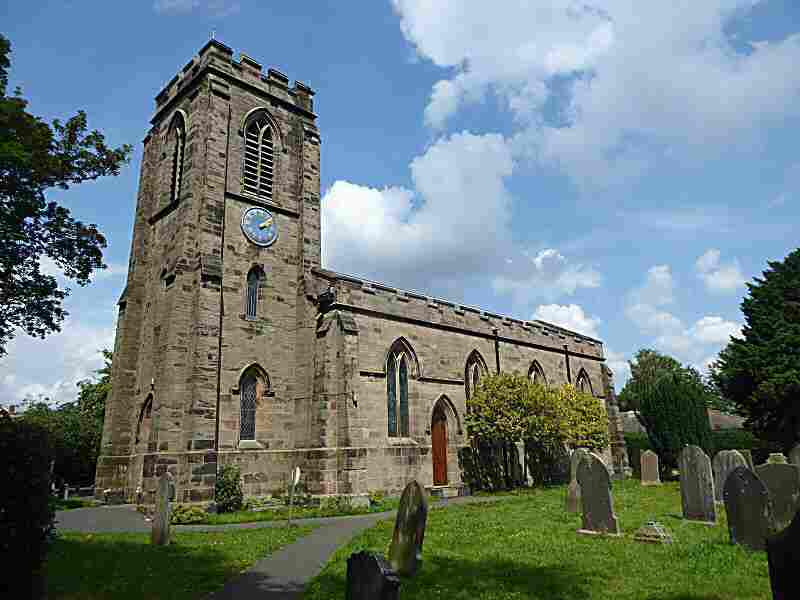
BRAMSHALL
Bramshall is a relatively old village with recent additions to the housing stock dating from the late 1990s. It had a railway station on the Crewe to Derby line that served as a junction for the Stafford and Uttoxeter Railway. The latter closed in 1939 although the Crewe to Derby line still passes the village. Today, the nearest station is at Uttoxeter.
The village still has its own public house, the Old Bramshall Inn, which has recently been extensively refurbished. Other community facilities include Bramshall and Loxley Parish Hall and the Church of St Lawrence. There has been a church in the village for many years; the present building replaced one built during the reign of Edward II.
A more recent newcomer, the Strawberry Garden Centre, was established in 1984. At that time visitors filled their strawberry baskets, before having them weighed before payment. Since those days the garden centre side of the business has expanded considerably.
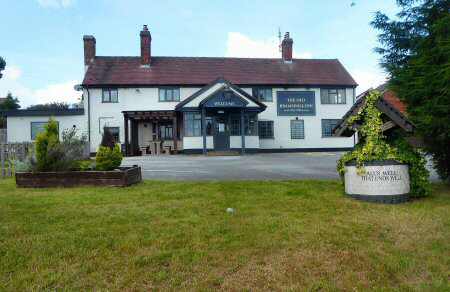
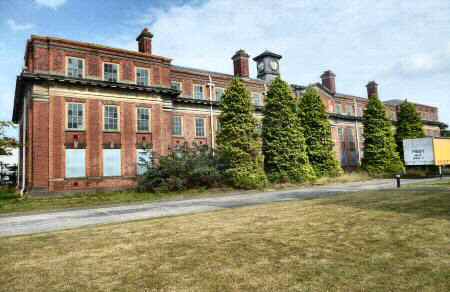
BRANSTON

Branston has a long and interesting history. It started life as a small settlement by the River Trent and was first mentioned in records in 941 when it was already considered an old settlement. Rykneld Street, one of the Romans’s main lines of communication passed through the village. In 1946 relics of the Mesolithic period were discovered when one of the neighbouring lagoons was excavated. The remains of a young woman and evidence of nomadic marsh dwellers were found. During the 19th and early 20th centuries, several houses along Clay Lane and Burton Road were built which remain today. The expansion of both house and commercial buildings has been rapid, encouraged by a good road network.
Branston is famous for the pickle that was first manufactured thereby Crosse and Blackwell. They had acquired a 150-acre site from the Disposals Board of HM Government, in 1921, previously used to build machine guns. A year later Branston Pickle was invented and the factory went into production. Under financial pressure due to recent growth and spending Crosse and Blackwell moved back to London in 1924 and completely ceased production at Branston the following year. The factory, now derelict, remains at the entrance to the B & Q Distribution Centre.
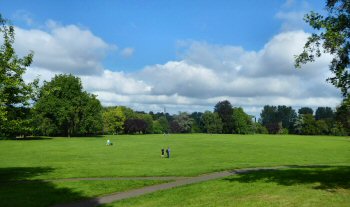
BRANSTON WATER PARK
Originally an open cast gravel pit, Branston Water Park is a great place to visit for all the family at any time of the year. Here you can enjoy a walk around the park, where many species of plants and animals, both familiar and rare may be seen. There is a small visitor centre, a play area for young children, a café and plenty of picnic tables around the lake. Parking is free. The site is a Local Natural Reserve and has received the prestigious Green Flag award since 2005 in recognition of the quality, cleanliness, safety and wildlife value of the site.
BRIZLINCOTE
In 2003, the parish of Brizlincote was formed from land formerly within the parishes of Stapenhill and Winshill. The lower part of the parish includes the playing fields and pleasure grounds which run alongside the River Trent, Stapenhill Cemetery and Scalpcliff Hill.
Brizlincote Valley is steeped in history. Over the centuries it has been linked with nearby Bretby Castle and prominent events in English history. In the 18th century, the Stanhope family built Brizlincote Hall, perched high on the ridge overlooking the valley. It replaced the original Brizlincote Manor House.
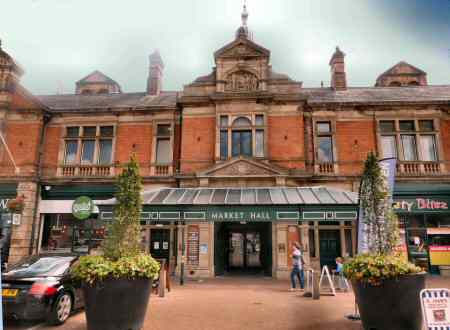
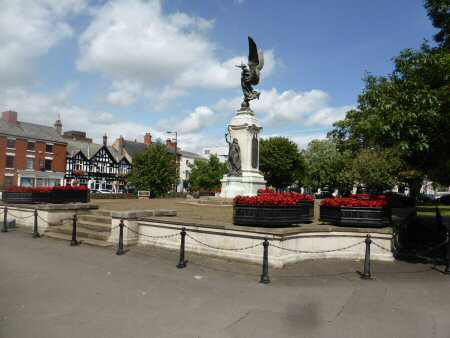
BURTON

Burton is renowned throughout the world as the capital of British brewing. Situated on the Staffordshire border with Derbyshire it shares close links with its neighbour. It is well served by a good communication network, which provides relatively easy access to motorways and other major road routes. Brewing though no longer dominates the local economy. Food, engineering and distribution are all of growing importance. Traffic-free shopping precincts and low-cost parking attract visitors from a wide area. There is also a mainline railway station and good bus service from Derby and beyond.
Apart from shopping, entertainment is well catered for at the Brewhouse, Burton’s Arts Centre, which runs a varied programme of art and music, dance and drama. There is also a multiplex cinema (at the time of writing) in the town centre. For the more energetic the Meadowside Leisure Centre provides a wide array of sporting and leisure facilities.
In the early 18th century, the Trent was made navigable as far as Burton, which opened up the market for the local brewers. This and the impetus given to brewing by the completion of the Trent and Mersey Canal in 1777, led to the growth in the number of breweries operating in the town. By 1880, it was estimated that over 40 brewers had set up business. The centre of the town was taken up by a network of railway lines, with 32 level crossings. Bass alone had 15 miles of private railway.
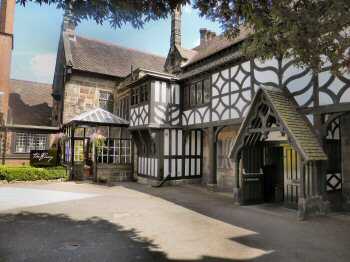
Today, Burton is the ‘capital of Britain’s National Forest. The most ambitious environmental project for over 1,000 years to create a new forest for the nation across 200 square miles, embracing parts of Derbyshire, Staffordshire and Leicestershire. During the first ten years over six million trees were planted and the wooded cover increased from six to sixteen per cent. Access has been improved and over 20 new tourist attractions opened.
BURTON ABBEY
In the medieval period, Burton Abbey dominated the town, but that too had a brewing connection, the water from the local wells being used by the monks to brew ale. The quality of the spring water seeping through the gypsum beds provided hard water rich in magnesium and calcium sulphates which were ideal for brewing. Little of the abbey remains, but there is evidence at the former Abbey Inn of the old Abbey Infirmary Chapel and some of the stonework can still be found in the grounds. It was one of the last abbeys to be dissolved in Staffordshire.
BURTON – BASS TOWER
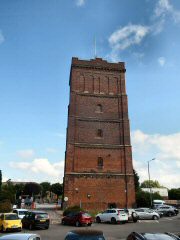
The Bass Tower is a significant landmark in the town, which stands on the eastern side of the former Bass Brewery complex. It was built in 1866 to service the brewery and is 120 feet high with a tank that can hold 60,000 gallons of water.
On the western side of Burton High Street stands the former home of William Bass, which he acquired in 1777. It has been continuously occupied by the brewing company of that name and its successor, Coors and now Molson Coors, ever since. Originally a carrier by trade, Bass only entered the brewing trade at the age of 60. This proved to be an inspired move, as, over the next 100 years, the firm became the biggest brewer of ale in the world. The site was referred to as the ‘Old Brewery’ as it was the first of three breweries built by Bass in the town. The building was demolished in 1970. It covered the whole of what is now the car park in front of the Bass Tower.
Worthington House, which stands on the opposite side of High Street a little higher up the street, was used as the Worthington Brewery offices from 1888-1975.
BURTON BRIDGE

Burton Bridge is almost as old as Burton itself. The first bridge was built and maintained by the monks of Burton Abbey. The present bridge was built in 1864 but was widened in the 1920s. It replaced an earlier bridge located a little further downstream.
Following many years of complaints that Burton Bridge on its own was not sufficient to cope with the ever-increasing volumes of traffic a second bridge was built. St Peter’s Bridge was constructed and officially opened on 14 November 1985. It opened to vehicular traffic three months earlier. The plans for the bridge had been drawn up some 120 years earlier.
Burton Bridge Inn is situated at the front of the Burton Bridge Brewery and is the town’s second-oldest remaining pub. As the name suggests, the inn is located by the bridge.
BURTON – MARKETPLACE

The growth of the abbey and the town was marked in 1200 when King John granted a market charter. To this day Burton still retains its colourful open-air market supported by a spacious, recently refurbished market hall. A carving of a bull’s head adorns the Butcher’s Entrance and is a piece of particularly skilful craftsmanship.
BURTON – WASHLANDS
Burton holds a picturesque secret right in the heart of its town centre. Behind the busy shopping, streets are the delightfully unspoilt meadows of the Washlands through which the River Trent slowly meanders on its journey downstream. Since 1841, they have been used for public recreation. Flora and fauna and wildlife are abundant along the pretty riverbank walks and there is an interesting sculpture trail.
From Burton Market Place the Washlands are approached across the picturesque Andressey Bridge. They date back to the 7th century when St. Modwen built a chapel and settlement dedicated to St. Andrew on what was called Andressey Island. Due to regular flooding, the soil on the Washlands was enriched and created excellent grazing for sheep. The land for many years belonged to Burton Abbey, which achieved an international reputation for its fine wool.
Burton Mail Centenary Woodland, at the southern end of the Washlands, opened on 2 May 1988, the date of the paper’s centenary. Surfaced and mown pathways have been created to enable the visitor to explore the wooded area. It is quite rare to find woodlands on floodplains.
